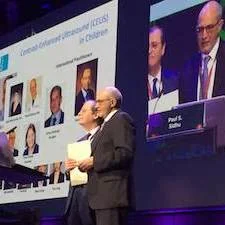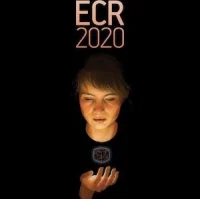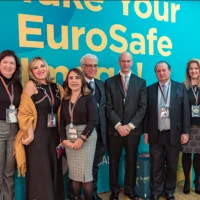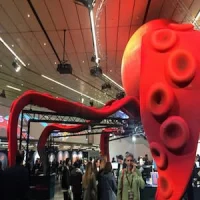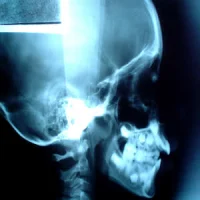Dr. Paul Sidhu, professor of Imaging Sciences and Consultant Radiologist King’s College London, UK, and President Elect of the European Federation of Societies for Ultrasound in Medicine and Biology (EFSUMB) presented the Luigi Oliva Honorary Lecture at ECR2019.
Professor Sidhu opened his lecture saying “I fully appreciate that ultrasound is not at the forefront of the minds of all radiologists, but in this lecture which I am very honored to present, I hope to show you that ultrasound is probably in radiology the best tool you can use for diagnostic purposes and also more importantly in the child, it has got to be the best tool.”
You may also like: Future of ultrasound: where are we going?
He then went on to declare, “My most important conflict of interest is that I am not a paediatric radiologist!” Professor Sidhu addressed the audience “let me tell you a story, put your books away” looking back to 1996 when they began using of contrast enhanced ultrasound in adult patients and how it evolved in being used in the paediatric context.
In his lecture Professor Sidhu provided information to help learn about the application of CEUS in children, and understand the legal implications of using CEUS off-label in children in order to appreciate the potential of combining ultrasound with CEUS in assessing the child.
To become familiar with the techniques and applications of CEUS, professor Sidhu presented multiple published studies and data, as well as use cases where he led the audience in examining and analysing the practice.
He went on to explain that ultrasound is a gentle and patient-friendly imaging technique, with the ability to image in real time, with superb resolution, and the advantage of being less expensive than other imaging techniques. An ultrasound machine is the ultimate ‘plug-and-play’ modality. The uniqueness of real-time, safe, portability makes this an ideal solution for imaging in children.
The child is reassured by the presence of the examiner explaining, the parent comforting, and the ability to move and question all the time aids the child’s tolerance of the imaging procedure. Many areas of the body are inaccessible to an ultrasound examination, where other imaging techniques are superior. Nevertheless, when ultrasound visualises an organ, it has the best resolution of all the techniques.
This is particularly true for abdominal work in the child, where often the body habitus allows for a detailed examination. Ultrasound has long been the poor relation with respect to contrast examinations, often incorrectly a non-contrast ultrasound in the adult is compared unfavourably with the contrast-enhanced CT. Microbubble ultrasound contrast agents have been in clinical practice in adults for 20 years, most used off-licence in areas of need, revolutionising many aspects of the diagnostic capabilities of an ultrasound examination.
The introduction of contrast-enhanced ultrasound (CEUS) has been led by a number of pioneers, recognising the usefulness in aiding diagnosis and management with minimal morbidity to the child. This lecture will outline the pathway of CEUS in children to the sanctioning by the FDA.
Looking at post surveillance of these contrast agents in patients the professor said, "there have only been 14 recorded fatalities in 2.5 million doses given in microbubbles in adults and all of these were in cardiology where these patients had severe cardiac decease. So it is a safe agent."
Addressing the issue of safety of the use of the agent in children he stated, "What's the evidence out there for the safety in children? Well there is limited evidence because you haven't done as much in the children."
"Reducing radiation paramount," said professor Sidhu and moved on to ask "Why don't we use microbubble contrast more often?"
Professor Sidhu answered citing a 2005 quote from Emillio Quaia, University of Trieste, who said,"The most important obstacle to the widespread employment of microbuble-based agents has been the reluctance of many sinologists to accept this new way of performing ultrasound scanning."
He said it is a matter of culture and attitude to not use contrast enhanced ultrasound in paediatrics which is such a fantastic tool. We have to change attitudes and culture to make it easier.
"We owe it to our children to do all that for them," he concluded.
Source: HealthManagement.org live coverage
Image Credit: HealthManagement.org live coverage
References:
Latest Articles
CT, Radiology, FDA, patient care, sonography, paediatric imaging, EFSUMB, contrast agents, radiation exposure, CEUS, ECR2019, EUROSON2019, dosage, #ECR2019, Kings College UK, real time imaging
Dr. Paul Sidhu, professor of Imaging Sciences and Consultant Radiologist King’s College London, UK, and President Elect of the European Federation of Societies for Ultrasound in Medicine and Biology (EFSUMB) presented the Luigi Oliva Honorary Lecture at E





